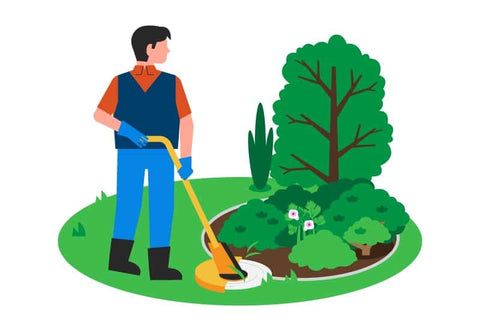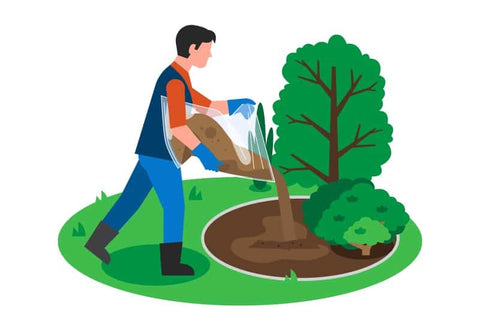Container gardening, also known as pot gardening, offers a fantastic way to cultivate plants even if you're short on garden space. It's not just about planting; it's about bringing life to any corner of your home. In this guide, we'll explore the essentials of container gardening, so you can embark on your green journey with confidence.

Choosing the Right Container
Your container choice sets the stage for your plants. Here's what to consider:
Container Size: Match the container size to your plants. Deep-rooted crops need ample room, while shallow-rooted ones can thrive in smaller containers.
Type of Material: Containers come in various materials. Wood gives a traditional look, but avoid pressure-treated wood. Metal looks stylish but can get hot. Plastic is practical and resilient, though it can become brittle with age. Fabric containers are breathable and lightweight.
Good Drainage: Drainage is crucial. Without it, your plants will drown. Always select containers with drainage holes.

Deciding on Placement
Where you place your containers can significantly impact plant growth:
Sunlight: Different plants have varying light requirements. Ensure they get adequate sunlight, and if needed, use grow lights.
Temperature: Some plants prefer warmth, while others thrive in cooler conditions. Understand your plant's preferences.
Water: Water is essential, but don't overdo it. Proper drainage and watering according to your plant's needs are crucial.
Wind: Adequate airflow is essential. Place your containers where they can benefit from a breeze.
Using High-Quality Soil
Container soil should be well-balanced, retaining moisture yet promoting good drainage. You might need to mix in sand and organic matter.
Good container soil:
Is medium-textured.
Drains well.
Is porous.
Has a pleasant, moist smell.
What Plants Can You Grow?
Container gardening offers a wide variety of choices:
Flowers: Azaleas, lilies, chamomile, and many more can add color to your space.
Herbs: Rosemary, thyme, mint, and others are rewarding choices.
Vegetables: Tomatoes, peppers, eggplants, and leafy greens are popular.
Simple Plants for Beginners
If you're new to gardening, start with easy-to-grow plants:
Tomatoes: Ideal for beginners, just choose the right container size.
Herbs: Coriander, sage, and others are low-maintenance.
Strawberries: With ample sunlight and regular harvests, they thrive.
Cucumbers: Grow vertically for optimal yields.
Leafy Greens: Perfect for homegrown veggies.
Adding Plants to Your Container
Prepare your container, fill it with suitable soil, and choose the right plant. Follow these steps:
Select a plant suited to your area's conditions.
Prepare the plant by removing yellowing leaves.
Trim the plant to encourage side growth.
Position the tallest plants at the center.
Fill the container, securing the plant.
Water thoroughly and consider fertilizing for better yields.
Using the Right Tools
Essential tools include a hand trowel, hand cultivator, pruner, gardening gloves, watering can, and micro-tip scissors.
Caring Tips
Prevent tool rust by storing them in builder's sand. Keep fungus away with a sprinkle of cinnamon. Repurpose toilet roll holders as biodegradable seeding pots. Sweeten tomatoes by adding baking soda to the soil. Deter animals with upright plastic forks. Plant mosquito-repelling herbs, and create a butterfly feeder with overripe fruits on ceramic plates.
Benefits of Container Gardening
Still not convinced? Here are some compelling reasons to embrace container gardening:
Fits anywhere, even small spaces.
Diverse plant options.
Minimal weeding.
Easy to move.
Customizable to your liking.
Container gardening is your ticket to a vibrant and lush living space. Whether you have acres of land or just a small balcony, you can grow a garden that delights your senses. Happy planting!









